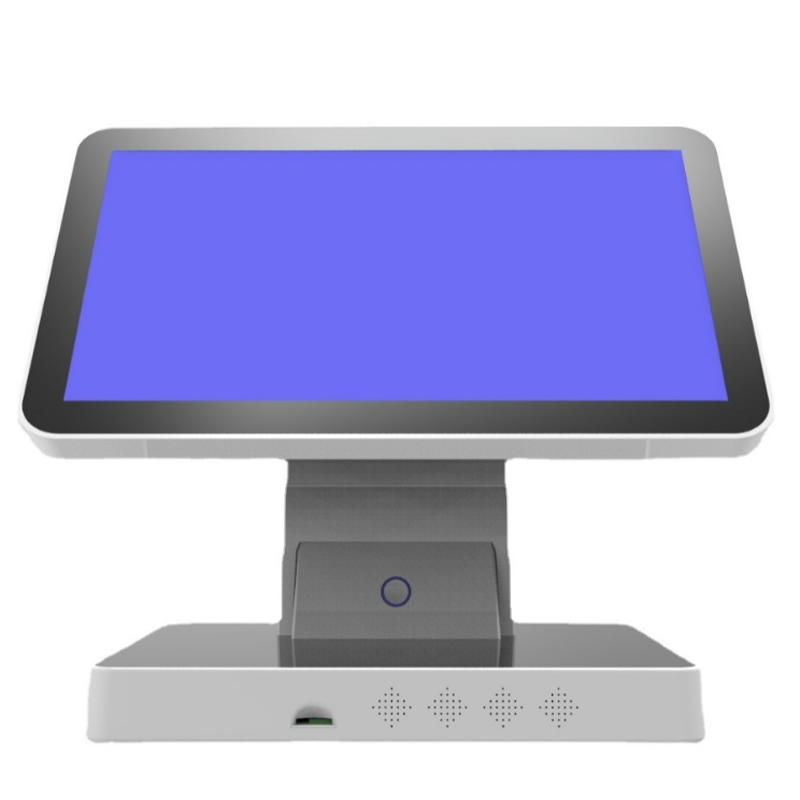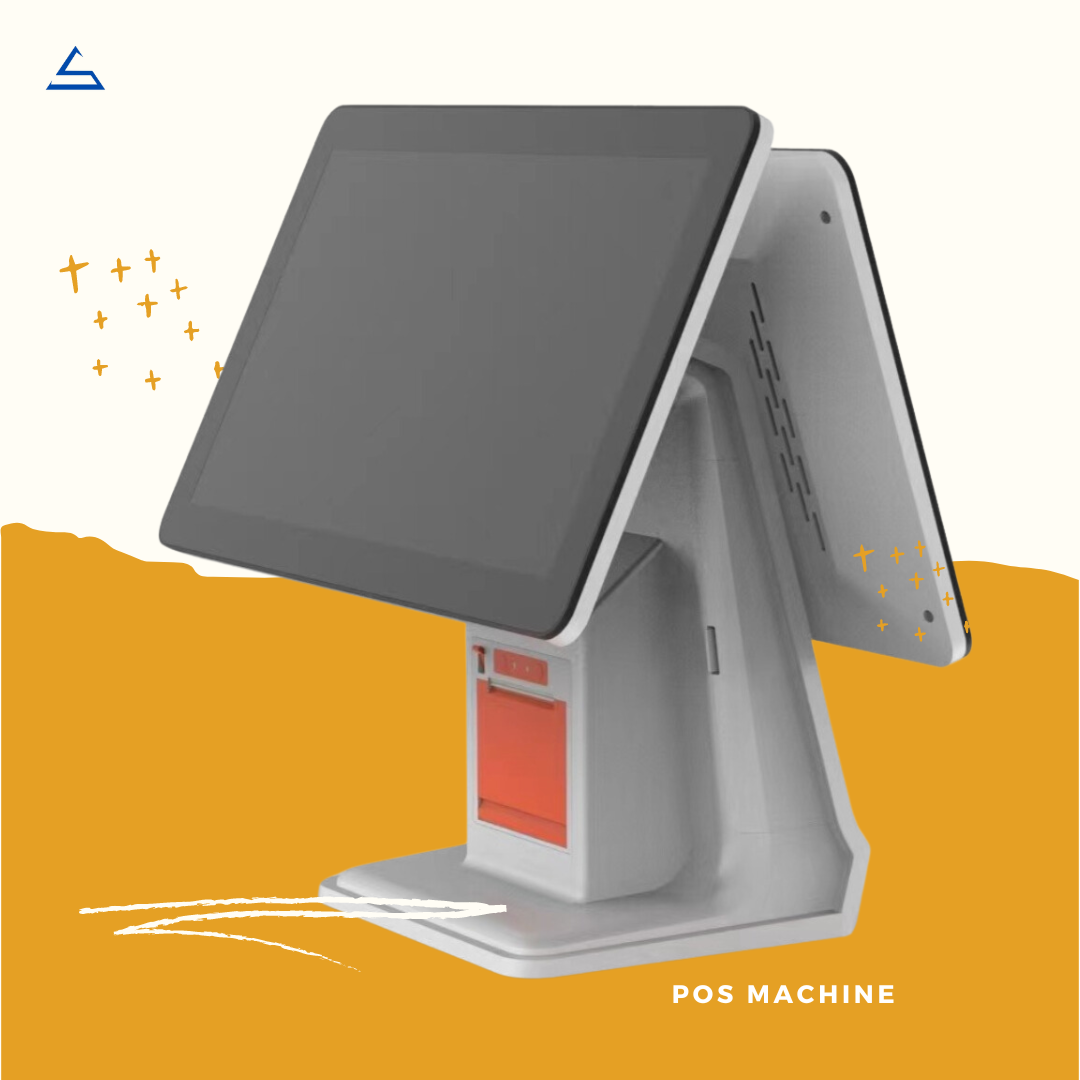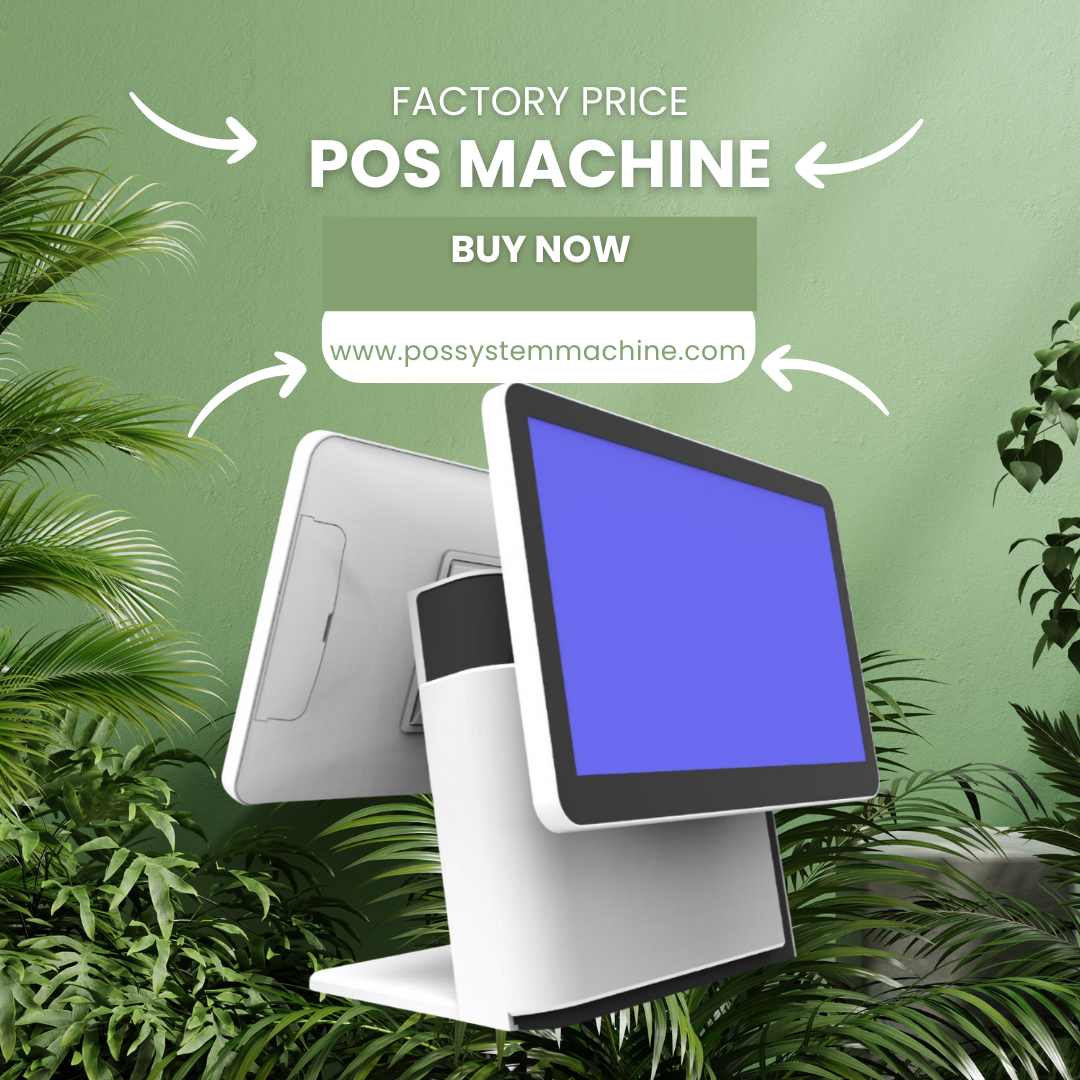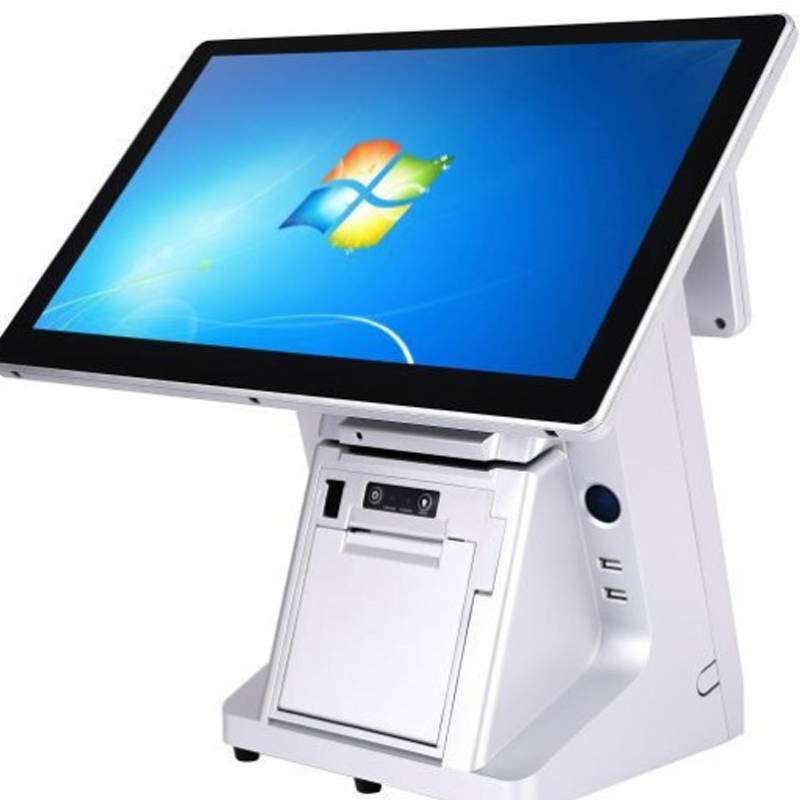what is a pos system in a restaurant
Table of Contents
Summary
Are you a restaurant owner looking to streamline your operations and boost your bottom line? Look no further! This comprehensive guide will walk you through everything you need to know about restaurant POS systems. From understanding how they work to choosing the right one for your business, we’ve got you covered. Dive in to discover how a modern POS system can transform your restaurant and take your customer service to the next level.
What is a Restaurant POS System and How Does it Work?
A restaurant POS (Point of Sale) system is the beating heart of modern dining establishments. It’s much more than just a fancy cash register. Think of it as your restaurant’s command center, handling everything from order taking to payment processing.Here’s how it typically works:
- Order Entry: Servers input customer orders directly into the system using a touchscreen interface.
- Kitchen Communication: Orders are instantly sent to the kitchen, reducing errors and speeding up service.
- Payment Processing: When it’s time to pay, the system calculates the bill and processes various payment methods.
- Inventory Management: As items are sold, the system automatically updates inventory levels.
- Reporting: At the end of the day (or any time), you can generate reports on sales, popular dishes, and more.
Why Should You Use a POS System in Your Restaurant?
Implementing a POS system in your restaurant can bring numerous benefits:
- Improved Efficiency: Streamline order taking, reduce errors, and speed up table turnover.
- Better Inventory Control: Keep track of ingredients and supplies in real-time, reducing waste and preventing stockouts.
- Enhanced Customer Experience: Faster service and more accurate orders lead to happier diners.
- Data-Driven Decisions: Gain insights into your best-selling dishes, peak hours, and more to make informed business decisions.
- Simplified Accounting: Integrate with accounting software to make bookkeeping a breeze.
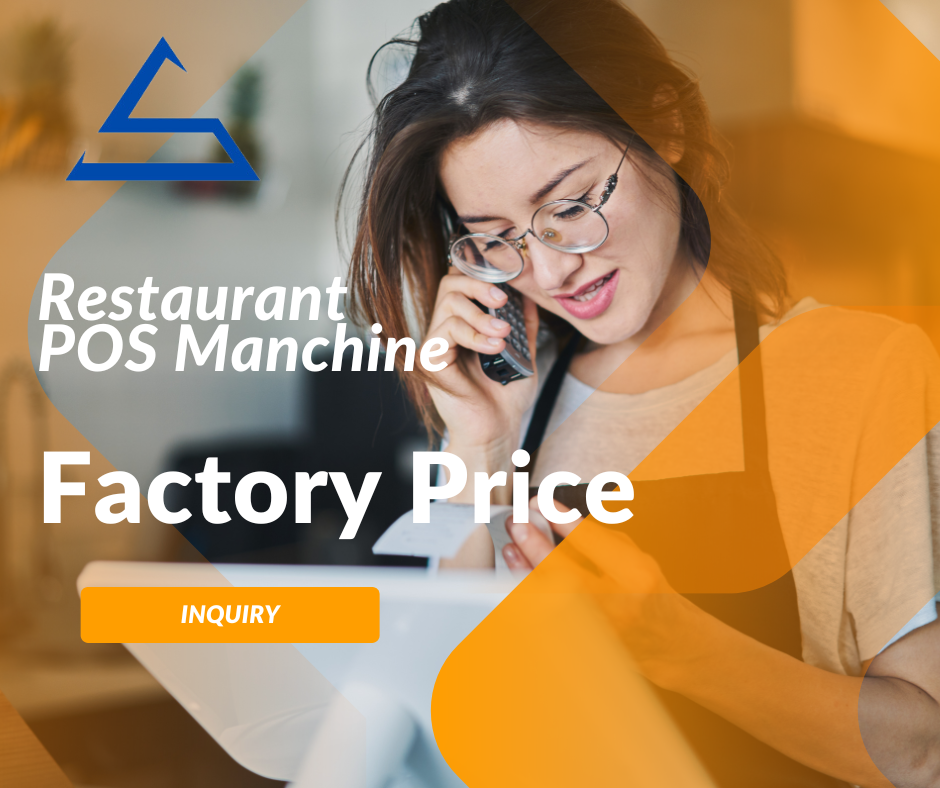
How Does a Restaurant POS System Improve Inventory Management?
One of the biggest challenges in running a restaurant is managing inventory. A good POS system can be a game-changer in this area. Here’s how:
- Real-Time Tracking: As dishes are sold, the system automatically deducts ingredients from your inventory.
- Low Stock Alerts: Set up notifications when supplies are running low to avoid running out of crucial items.
- Waste Reduction: Identify which ingredients are being overused or underused to optimize your menu and reduce waste.
- Supplier Management: Keep track of your suppliers and automate reordering processes.
What Are the Different Types of POS Systems for Restaurants?
When it comes to restaurant POS systems, one size doesn’t fit all. Here are the main types you’ll encounter:
- Traditional On-Premise Systems: These are installed locally on your restaurant’s computers.
- Cloud-Based POS Systems: Accessed via the internet, offering flexibility and remote management.
- Mobile POS Systems: Perfect for food trucks or tableside ordering.
- Self-Service Kiosks: Great for quick-service restaurants to reduce lines and staff workload.
How Does a Modern Restaurant POS System Handle the Payment Process?
Gone are the days when cash was king. Modern POS systems can handle a variety of payment methods:
- Credit and Debit Cards: Process transactions quickly and securely.
- Mobile Payments: Accept Apple Pay, Google Pay, and other digital wallets.
- Contactless Payments: Perfect for hygiene-conscious customers.
- Gift Cards and Loyalty Programs: Integrate your restaurant’s promotional offerings.
- Split Bills: Easily divide checks among multiple diners.
How Can a POS System Help Your Restaurant’s Customer Service?
Excellent customer service is the key to a successful restaurant. Here’s how a POS system can help:
- Faster Service: Quick order entry and processing mean less waiting for customers.
- Accurate Orders: Reduce errors that can lead to unhappy diners.
- Personalized Experience: Keep track of customer preferences and allergies.
- Table Management: Optimize seating arrangements and reduce wait times.
- Loyalty Programs: Implement and manage reward systems to encourage repeat visits.
By improving these aspects of your service, you’ll create a dining experience that keeps customers coming back for more.
What Features Should You Look for When Choosing a Restaurant POS?
When shopping for a POS system, keep an eye out for these essential features:
- User-Friendly Interface: Your staff should be able to learn the system quickly.
- Menu Management: Easily update prices, add specials, and manage modifiers.
- Table Management: Track table status and optimize seating.
- Reporting and Analytics: Gain insights into your restaurant’s performance.
- Integration Capabilities: Connect with accounting, inventory, and online ordering platforms.
- Mobile Access: Manage your restaurant from anywhere.
- Customer Support: Look for providers offering 24/7 support.
How Much Does a Restaurant POS System Cost?
The cost of a POS system can vary widely depending on your needs:
- Hardware Costs: Expect to pay $1,000 to $5,000 for terminals, printers, and card readers.
- Software Costs: Monthly fees range from $50 to $200 per terminal.
- Installation and Training: Some providers charge for setup and staff training.
While the upfront cost might seem high, consider the long-term benefits and potential savings in efficiency and reduced errors. Many providers, like MYDE, offer flexible pricing options to fit different budgets.
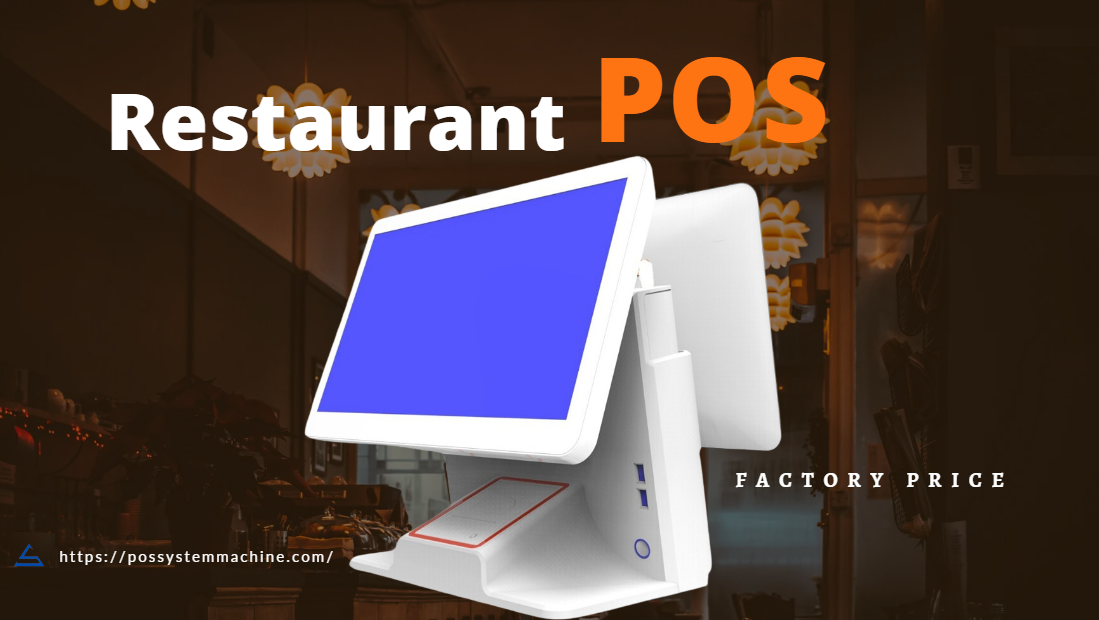
What Are the Steps to Implementing a POS System in Your Restaurant?
Implementing a new POS system doesn’t have to be daunting. Follow these steps for a smooth transition:
- Assess Your Needs: Determine what features are must-haves for your restaurant.
- Research and Compare: Look at different providers and read reviews from other restaurant owners.
- Get Demos: Try out the systems you’re considering to see how they work in practice.
- Plan the Transition: Choose a slow period to implement the new system.
- Train Your Staff: Ensure everyone is comfortable with the new system before going live.
- Go Live: Start using the system, but have a backup plan just in case.
- Review and Adjust: After a few weeks, assess how the system is working and make any necessary tweaks.
How Can Cloud-Based POS Systems Benefit Your Restaurant?
Cloud-based POS systems are becoming increasingly popular in the restaurant industry. Here’s why:
- Remote Access: Manage your restaurant from anywhere with an internet connection.
- Automatic Updates: Always have the latest features without manual installations.
- Data Security: Your information is backed up regularly and protected by advanced security measures.
- Scalability: Easily add new terminals or locations as your business grows.
- Integration: Connect with other cloud-based tools for accounting, marketing, and more.
Tags
Product
Blog
Contact Us
Related Products
Frequently asked questions about wood box manufacutring

